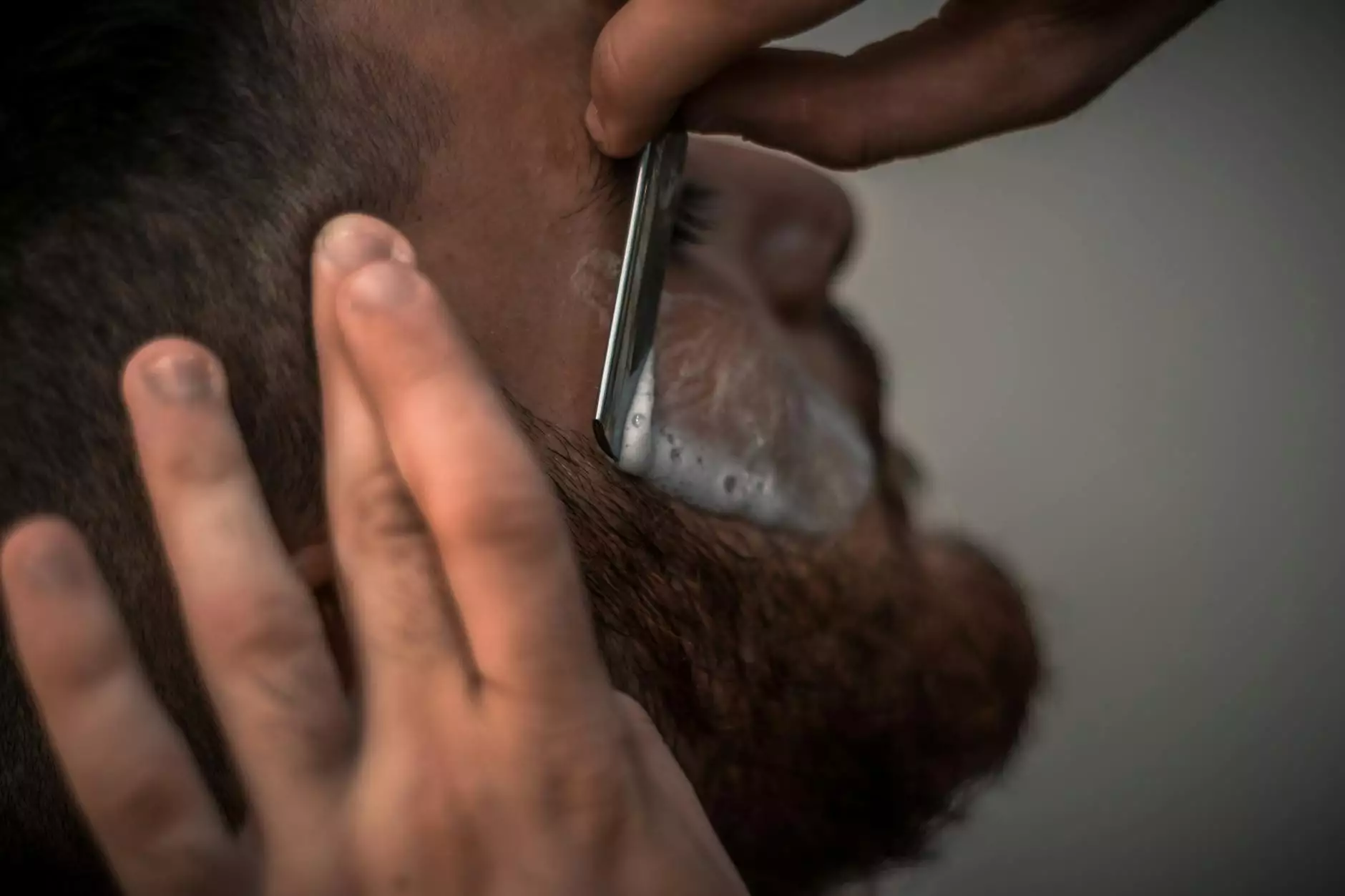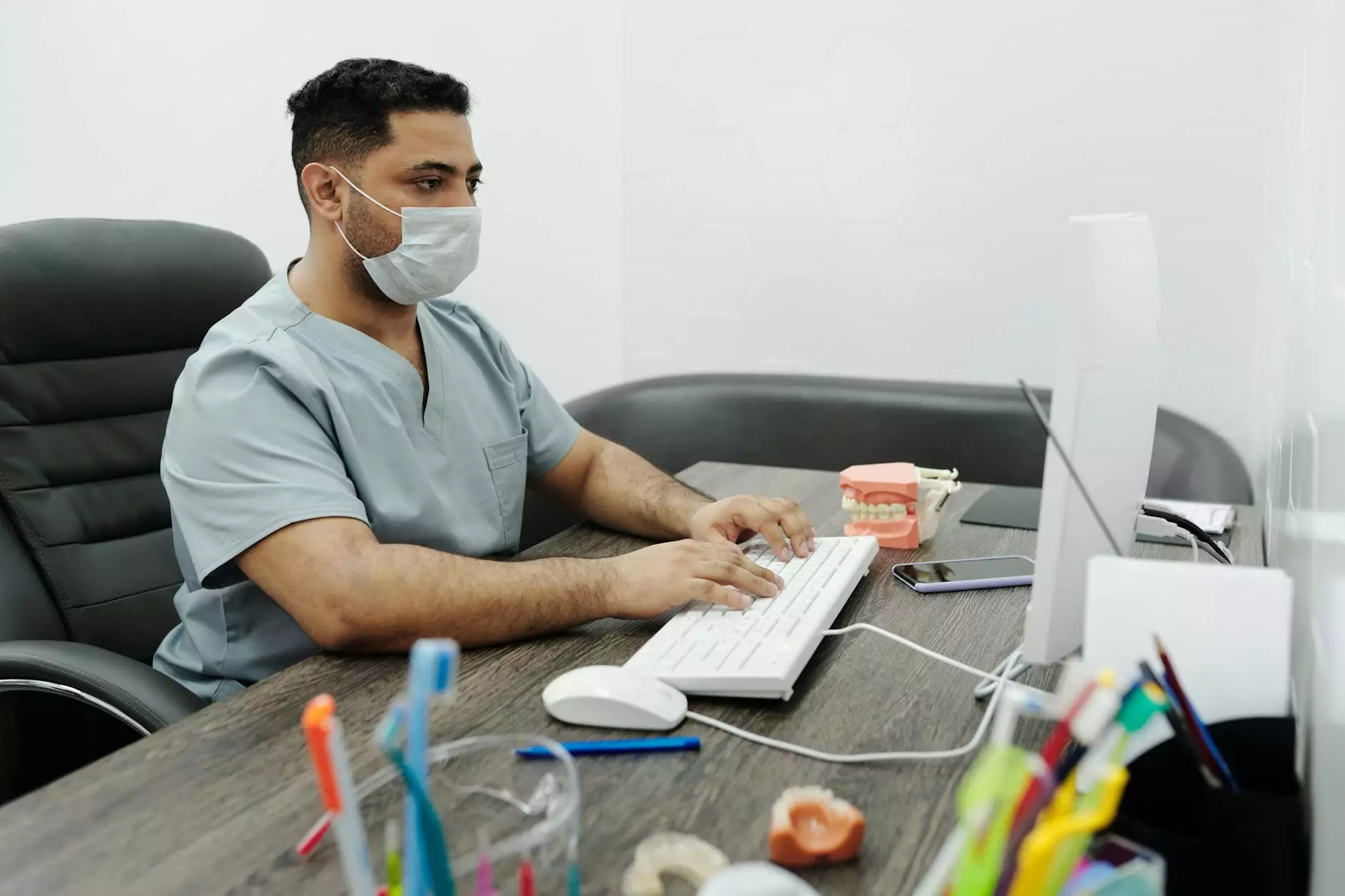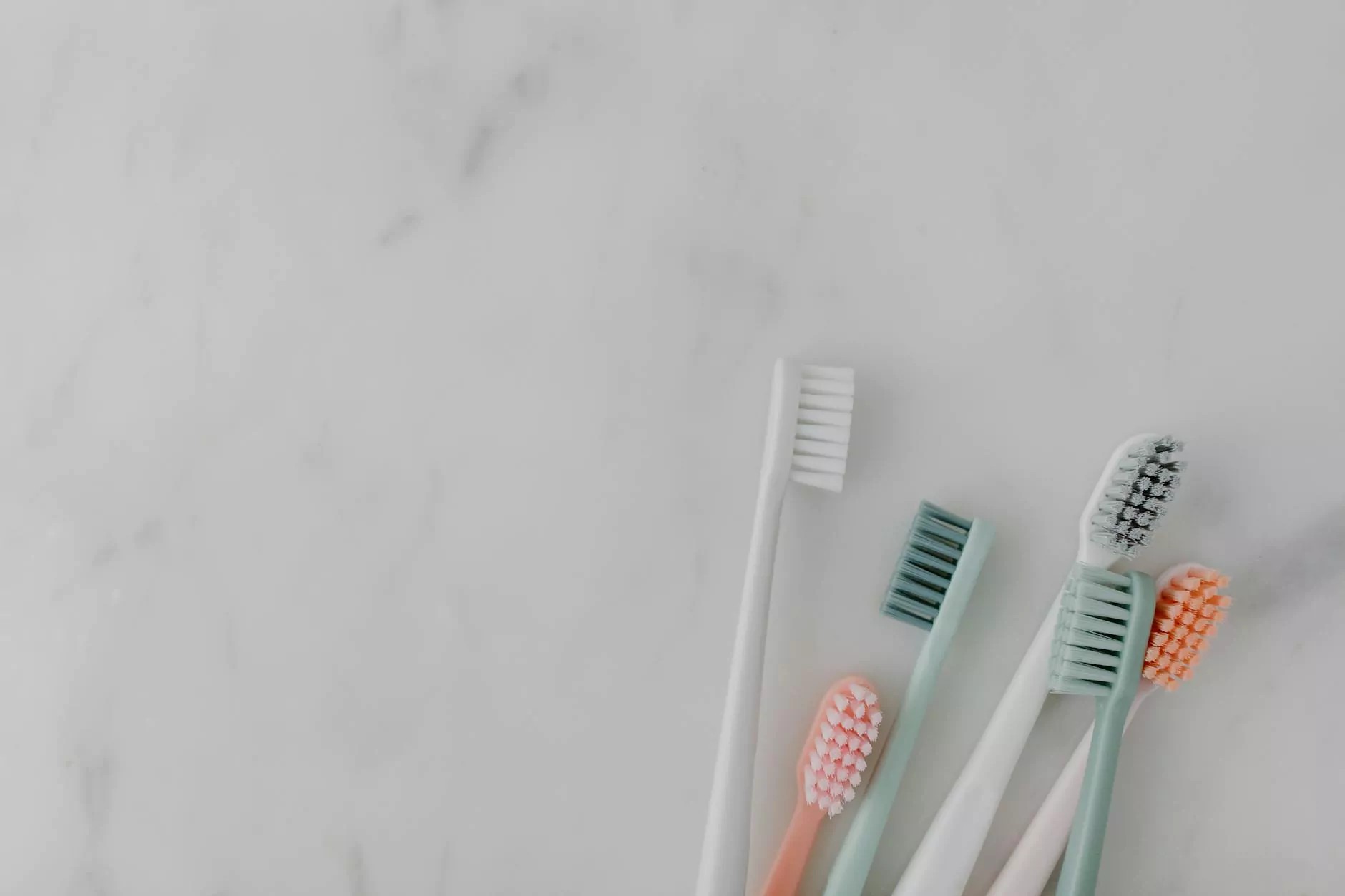Understanding Dental Splints for Teeth Grinding: A Comprehensive Guide

Teeth grinding, scientifically known as bruxism, is a common issue that affects many adults and children alike. Individuals suffering from this condition often find themselves clenching their jaws unconsciously, particularly during sleep. The repercussions can be severe, leading to dental damage, headaches, and jaw pain. Fortunately, one of the most effective treatments is a dental splint for teeth grinding. This article dives deep into the various aspects of this essential dental solution.
What is a Dental Splint?
A dental splint is a custom-made appliance that is designed to fit over the teeth. Its primary purpose is to provide a buffer between the upper and lower teeth, significantly reducing the damaging effects of grinding or clenching. Not only does it protect the teeth, but it also helps maintain proper jaw alignment and can alleviate the discomfort associated with bruxism.
Types of Dental Splints
When considering a dental splint for teeth grinding, it’s essential to understand the different types available. Here are some of the most commonly used splints:
- Hard Acrylic Splints: These are durable and are usually recommended for severe cases of bruxism. They are made from high-quality acrylic that can withstand significant pressure.
- Soft Splints: Made from softer materials, these splints are generally more comfortable to wear but may not provide as much protection against grinding.
- Dual Laminate Splints: These combine the benefits of hard and soft splints. The inner layer is soft for comfort, while the outer layer is hard to provide excellent protection.
- Repositioning Splints: These are designed to reposition the jaw and are often used for therapeutic purposes, helping to realign the jaw to alleviate any discomfort.
Benefits of Using a Dental Splint for Teeth Grinding
Choosing to use a dental splint for teeth grinding offers numerous benefits:
- Protection Against Tooth Damage: A dental splint prevents direct contact between teeth, thus reducing wear and tear.
- Jaw Pain Relief: Many patients experience relief from jaw pain and headaches associated with tension caused by grinding.
- Improved Sleep Quality: A dental splint can help reduce nighttime disturbances, leading to better sleep.
- Prevention of TMJ Disorders: By maintaining proper jaw alignment, a splint can help prevent temporomandibular joint disorder (TMJ).
How Dental Splints Work
The mechanism by which a dental splint for teeth grinding operates is quite fascinating. By being placed over the upper or lower teeth, the splint absorbs the forces exerted by grinding. Here’s a step-by-step look at how it works:
- Custom Fitting: Your dentist will take impressions of your teeth to create a custom-fitted splint that offers maximum comfort.
- Placement: Once the splint is ready, you will wear it during sleep as directed by your dentist.
- Force Absorption: As you grind your teeth, the splint acts as a cushion, absorbing the force and preventing damage to your teeth.
- Jaw Alignment: The splint helps maintain the jaw in a neutral position, reducing tension and discomfort in the muscles.
Understanding Teeth Grinding: Causes and Symptoms
To effectively address bruxism, it’s crucial to identify its underlying causes. Let's delve into some key causes and symptoms:
Common Causes of Teeth Grinding
- Stress and Anxiety: Emotional stress is the leading cause of bruxism.
- Dental Issues: Misaligned teeth or an irregular bite can also contribute to grinding.
- Lifestyle Factors: Excessive caffeine intake, alcohol consumption, and smoking can exacerbate the problem.
- Sleep Disorders: Conditions such as sleep apnea have been linked to bruxism.
Identifying the Symptoms
Recognizing the symptoms of teeth grinding is key to seeking effective treatment. Common symptoms include:
- Worn Tooth Enamel: Flattened, chipped, or loose teeth can indicate bruxism.
- Jaw Pain: Discomfort in the jaw muscles or reduced jaw movement.
- Headaches: Frequent headaches, particularly in the temples, can signify grinding habits.
- Noise: Grinding sounds heard by others during sleep.
How to Care for Your Dental Splint
Maintaining your dental splint for teeth grinding is crucial for hygiene and durability. Here are some care tips:
- Daily Cleaning: Rinse the splint with cold water and brush it gently with a soft toothbrush.
- Avoid Hot Water: Never rinse your splint with hot water, as it can warp the material.
- Store Properly: Keep the splint in a protective case when not in use to avoid damage.
- Regular Dental Check-ups: Visit your dentist regularly to ensure the splint is working effectively and to assess any changes in your oral health.
Choosing the Right Dental Provider: Why MK Smiles?
When it comes to finding a reliable provider for a dental splint for teeth grinding, MK Smiles stands out as a top choice. Here’s why:
- Expertise: Our team includes experienced dentists who understand the complexities of bruxism and are skilled in creating custom dental appliances.
- Patient-Centric Approach: We prioritize our patients' needs, ensuring that every splint is tailored to fit comfortably and effectively.
- Comprehensive Dental Services: Beyond splints, we offer a range of services under our categories of General Dentistry, Dentists, and Cosmetic Dentists, making us a one-stop solution for your dental health.
- Commitment to Quality: At MK Smiles, we use only high-quality materials to ensure that our dental appliances are durable and efficient.
Conclusion
In summary, a dental splint for teeth grinding is an invaluable tool for anyone struggling with bruxism. By reducing the physical effects of grinding, these splints protect your teeth, alleviate discomfort, and enhance your overall quality of life. If you're experiencing symptoms of bruxism or know someone who is, do not hesitate to consult with the professionals at MK Smiles.
Your dental health is paramount, and with the right tools and professional guidance, you can achieve a pain-free, healthier smile.









